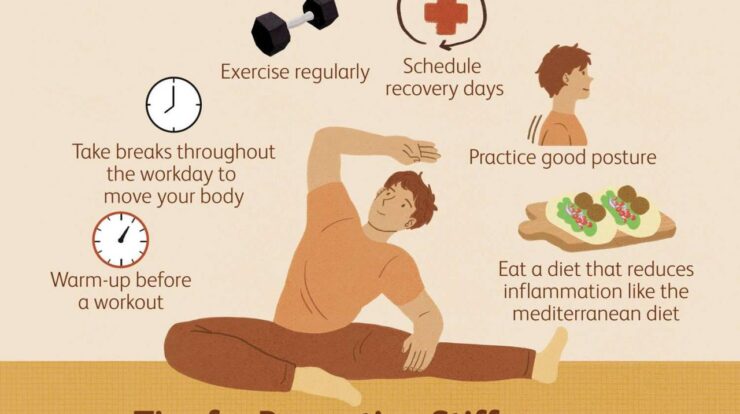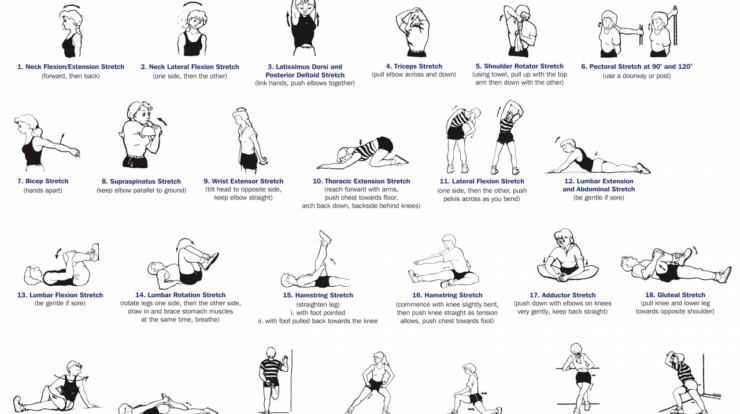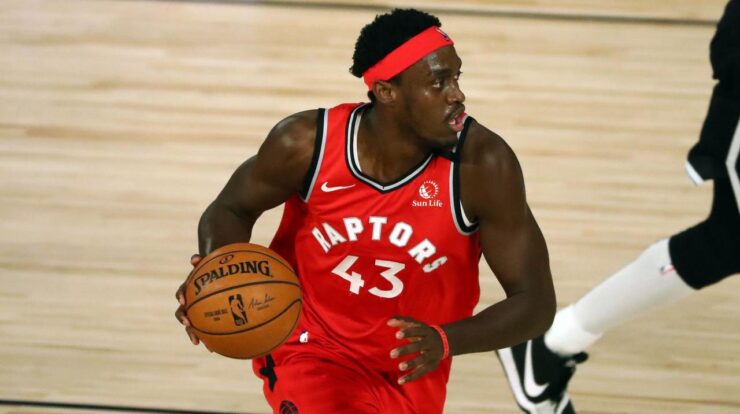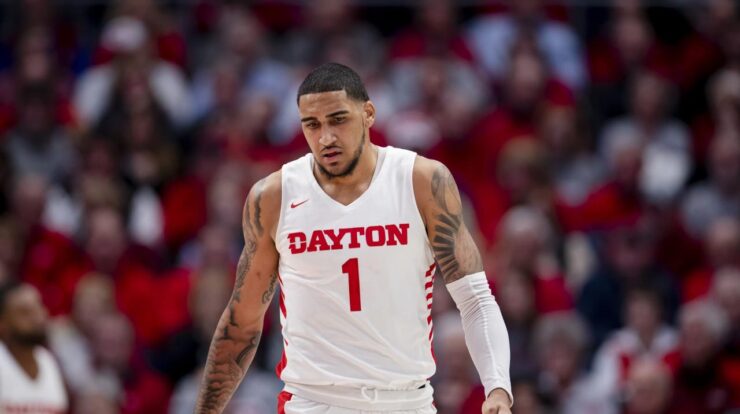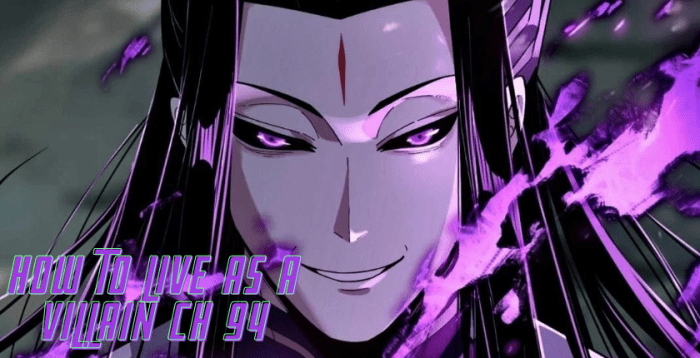
How to live as a villain ch 94 – Yo, check it! We’re dropping knowledge bombs on how to live like a villain in Chapter 94. Get ready to understand the wicked ways of the bad guys and dive into their twisted minds.
In this chapter, we’re gonna break down the villain’s motivations, goals, and how they roll with other characters. Plus, we’ll uncover the backstory that shaped their evil hearts.
Villain’s Mindset and Perspective
The villain’s mindset is a complex and multifaceted one, driven by a variety of psychological and emotional factors. At its core, the villain is motivated by a desire for power, control, and revenge. They see the world as a place where the strong prey on the weak, and they believe that they are the ones who deserve to be on top.
The villain’s perception of the world is often distorted by their own experiences. They may have been abused or neglected as children, or they may have witnessed firsthand the horrors of war or violence. These experiences have taught them that the world is a cruel and unforgiving place, and that the only way to survive is to be ruthless and self-serving.
The Villain’s Motivation for Power
- The villain believes that power is the ultimate goal in life.
- They see power as a way to control others and to achieve their own selfish desires.
- The villain is often willing to do whatever it takes to gain power, even if it means hurting or killing others.
The Villain’s Motivation for Control
- The villain has a deep-seated need for control.
- They want to control their own lives, as well as the lives of others.
- The villain often uses fear and intimidation to control others.
The Villain’s Motivation for Revenge
- The villain is often motivated by a desire for revenge.
- They may have been wronged in the past, and they want to make those who wronged them pay.
- The villain’s desire for revenge can be all-consuming, and it can lead them to commit terrible acts of violence.
Villain’s Goals and Objectives

Every villain has their own set of goals and objectives. These goals can range from wanting to take over the world to simply getting revenge on those who have wronged them. The methods they use to achieve these goals can also vary greatly, from using brute force to manipulating others.
Yo, check it. If you’re crushing it as a villain in ch 94, don’t let gum disease slow you down. Hit up this guide to fix that mess without breaking the bank. Back to villain mode, fam.
The consequences of a villain’s actions can be devastating. They can cause widespread destruction and chaos, and they can even lead to the deaths of innocent people. However, some villains may also have noble intentions, and their actions may ultimately benefit others.
Primary Goals
- To take over the world
- To get revenge on those who have wronged them
- To create a new world order
- To destroy the world
Strategies and Methods
- Using brute force
- Manipulating others
- Using technology
- Using magic
Consequences and Impact
- Widespread destruction and chaos
- Deaths of innocent people
- Political instability
- Economic collapse
Villain’s Interactions with Others
The villain’s relationships with other characters play a crucial role in shaping their development and motivations. These interactions can range from antagonistic to cooperative, and they can have a significant impact on the villain’s worldview and goals.
Relationship with the Protagonist
The relationship between the villain and the protagonist is often complex and multifaceted. On the one hand, the villain may see the protagonist as an obstacle to their plans, while on the other hand, they may also admire or respect the protagonist’s abilities or ideals.
This dynamic can create a sense of tension and conflict that drives the story forward.
Yo, check this out! If you’re tryna live like a villain in Chapter 94, you gotta make sure your pearly whites are on point. And if your gums are acting up, don’t trip. Hit up this link to learn how to cure gum disease without a dentist . Then you can get back to scheming and conquering like a true villain.
Peace out!
- Antagonistic:The villain sees the protagonist as a threat to their plans and actively works to undermine them.
- Cooperative:The villain and the protagonist may have a common goal or enemy, leading them to work together temporarily.
- Respectful:The villain may admire the protagonist’s abilities or ideals, even if they ultimately oppose them.
Relationship with Allies
The villain’s allies provide them with support and assistance in carrying out their plans. These allies may share the villain’s goals or simply be loyal to them personally. The villain’s relationship with their allies can be a source of strength and motivation, but it can also be a source of vulnerability if the allies are betrayed or defeated.
Yo, check it, “How to Live as a Villain Ch 94” got you shook? Don’t sweat it, we got your back. Even villains need some TLC, so if you’re feeling some gum disease, hit up this link for a sick way to cure it without dropping stacks at the dentist.
Trust me, your pearly whites will be beaming like a villain’s lair. Back to our evil mastermind business, “How to Live as a Villain Ch 94” coming at you with the next level villainy!
- Loyal:The allies are fiercely devoted to the villain and will follow them through thick and thin.
- Opportunistic:The allies are only interested in what the villain can do for them and will abandon them if it suits their needs.
- Reluctant:The allies may not agree with the villain’s methods but feel obligated to support them for some reason.
Relationship with Antagonists
The villain may also have relationships with other antagonists in the story. These relationships can be competitive or cooperative, depending on the goals of the individual antagonists. The villain may view other antagonists as allies, rivals, or simply obstacles to their plans.
- Competitive:The villain sees other antagonists as rivals and competes with them for resources or power.
- Cooperative:The villain may form alliances with other antagonists to achieve a common goal.
- Neutral:The villain has no particular relationship with other antagonists and simply ignores them.
Villain’s Backstory and Origins: How To Live As A Villain Ch 94
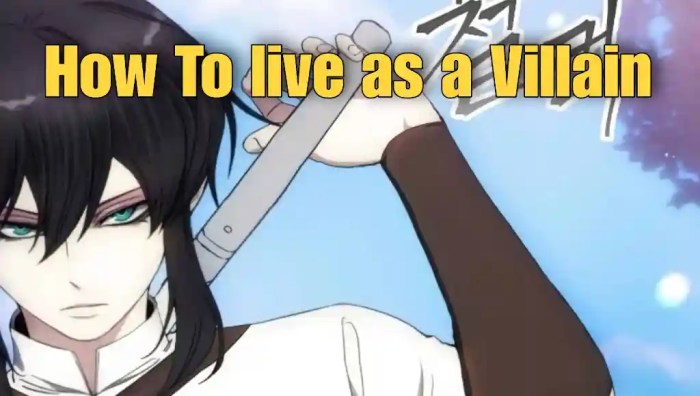
The genesis of every villain’s tale is a complex tapestry woven from the threads of their past. It is within these formative years that the seeds of their malevolence are sown, taking root in the fertile soil of trauma, abuse, and societal injustices.
Yo, check this out! How to Live as a Villain Ch 94 is the bomb! It’s got all the juicy deets on how to be the baddest villain around. So, if you’re down to rock the dark side, hit that link and get your villain game on!
The Seeds of Darkness
Many villains trace their descent into darkness to traumatic experiences that shatter their innocence and leave an unfillable void within their souls. Abuse, neglect, and violence can warp a child’s mind, twisting their perception of the world and breeding a deep-seated resentment that festers into a venomous hatred.
Societal injustices can also play a role in shaping a villain’s worldview. When individuals feel marginalized, oppressed, or denied opportunities, they may turn to villainous acts as a means of expressing their rage and seeking retribution.
The Turning Point
The catalyst that transforms a troubled individual into a full-fledged villain is often a pivotal event that pushes them over the edge. This could be a personal tragedy, a betrayal, or a moment of profound realization that the world is not as they once believed.
For some villains, this turning point is a gradual process, a slow descent into darkness as they embrace their negative impulses and revel in the power they wield. For others, it is a sudden and violent transformation, a moment when they snap and embrace their true nature.
Villain’s Impact on the Story

The villain plays a crucial role in driving the narrative of a story. Their actions and motivations shape the plot, create conflict, and ultimately influence the themes and messages conveyed.
Plot Development
The villain’s actions often serve as the catalyst for the story’s events. They create obstacles and challenges that the protagonist must overcome, driving the plot forward and creating tension.
Conflict Generation, How to live as a villain ch 94
The villain is the primary source of conflict in the story. Their goals and motivations clash with those of the protagonist, creating a dynamic and engaging conflict that keeps readers invested.
Theme Exploration
The villain can embody certain themes or ideas that the story explores. Their actions and motivations can highlight the consequences of greed, ambition, or other negative traits, while also providing a contrasting perspective to the protagonist’s values.
Last Word
So, if you’re ready to embrace the dark side and become a villainous mastermind, keep reading. We’ve got all the secrets to help you pull off the perfect villainous scheme.
Commonly Asked Questions
Q: What’s the main goal of a villain?
A: To achieve their evil plans, duh!
Q: How do villains interact with others?
A: They can have allies, enemies, and even love interests. It’s all part of their twisted game.
Q: What’s the most important thing for a villain?
A: Staying true to their wicked nature, even when it means breaking the rules.
